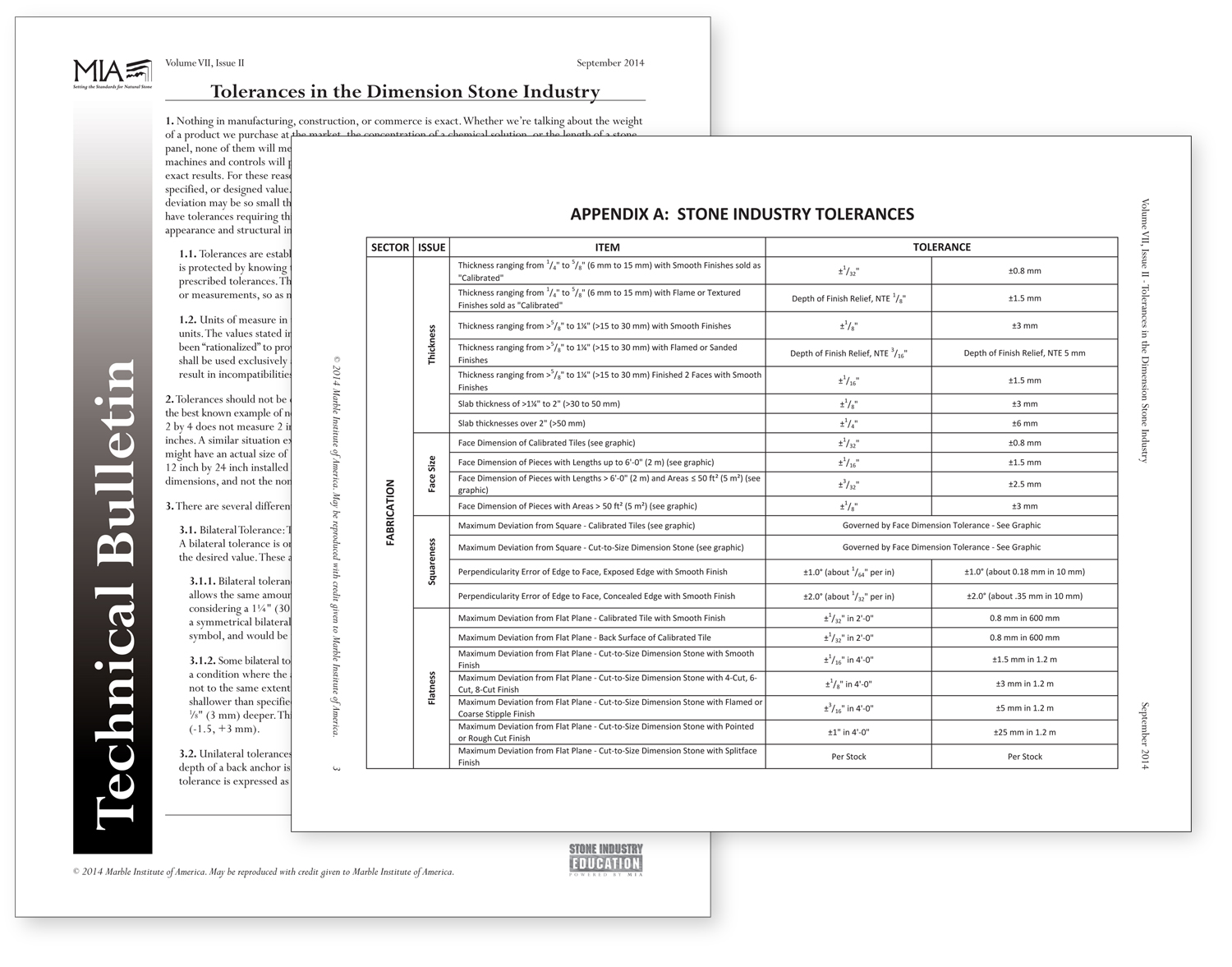According to surveys, nearly half of all small to mid-sized business owners believe they don't have time for summer vacations and do not take them. However, when these entrepreneurs take advantage of communications technologies, they find they can untether themselves from their offices and shops while remaining available to guide employees through tough waters and emergencies.
With the expansion of mobile technology and cloud services, it's not too difficult to work remotely, as many of you probably already know. However, when you don't give yourself enough of a break from the daily processes of business, you may not be receiving the full benefit of a summer vacation. A full 43 percent of people aged 34 to 48 work during vacations, and those 49 to 67 years of age still work 40 percent of their vacation time.
A surprising fact, however, is that younger entrepreneurs work less than their older counterparts while on vacation, yet they show greater business growth and are much more optimistic about the future of their businesses.
The primary factor to consider when thinking about whether you need a vacation is stress. The U.S. National Institutes of Health (NIH) has recognized studies in Japan proving that people under chronic levels of stress lose their ability to think clearly and make goal-oriented decisions. The more stress you are under, the more your decisions shift from those that proactively draw you closer to your goals to those that are simply reactions to new situations.
An article published in Forbes details how stress is a large factor in the health of employees and employers. In 2012, the average U.S. worker left nine vacation days unused because they felt they couldn't take the time away from work. In 2012, stress-related healthcare costs reached $344 billion. When you consider all the people you know who've been negatively impacted by stress, that statistic is, sadly, not so surprising.
A full vacation may be able to break you out of your stress cycle, lead you into greater productivity and bring you closer to your long-term goals. However, I have very few suggestions on how to overcome this problem except to make sure your staff have the skills to cover each other's vacations and yours. Trust them for the short time you are away and even consider a retreat into nature where cell phone signals can't reach (or turning your mobile devices off). You may have a few small fires to put out upon your return, but if you have prepared sufficiently, all in all, your business will remain in great shape and be better off because of your brief absence.
If you've had a hard time taking vacations in the past, but have managed to break free from your work on a regular basis, please share your ideas and experiences on how you were able to achieve this important and necessary state. And if you are still trying to figure it out, you might want to start with this article from Bloomberg Business.
Take care, and may you all find a little time away from the job in the remaining weeks of summer.
Sincerely,
Brian Jones, Editor/Content Manager
info@countertopresource.com
